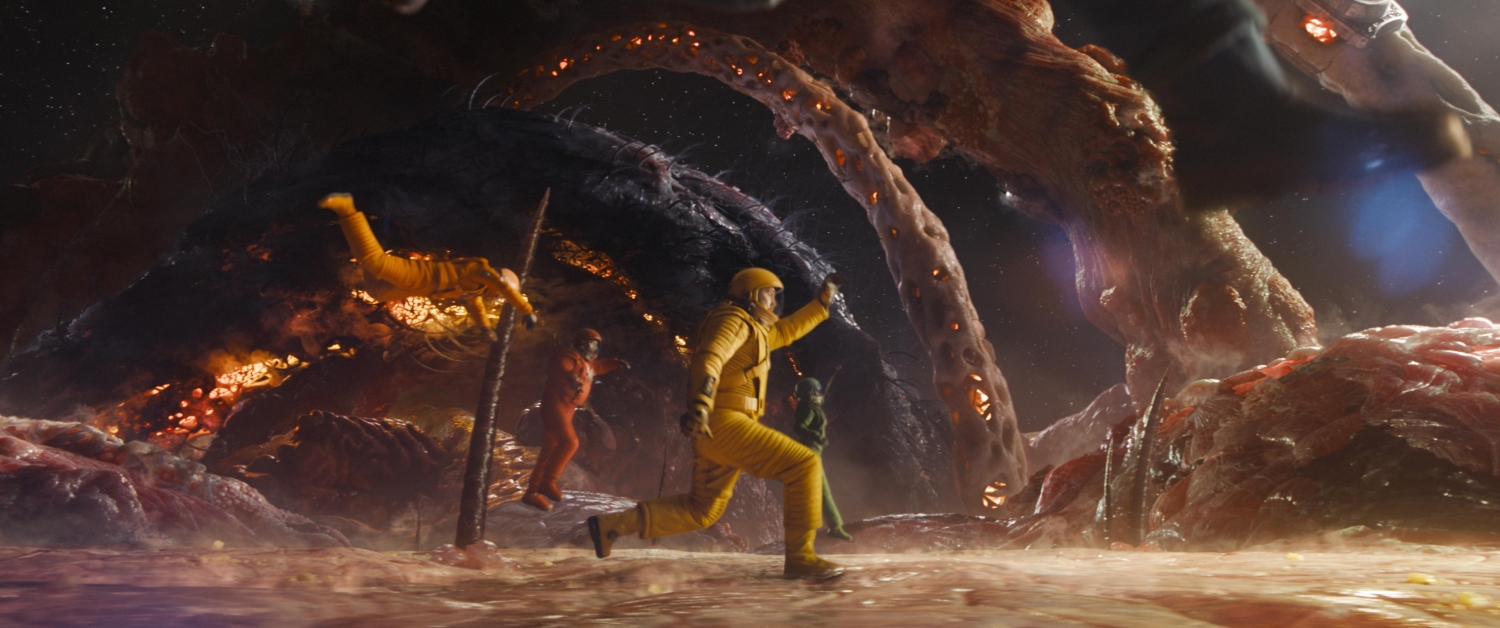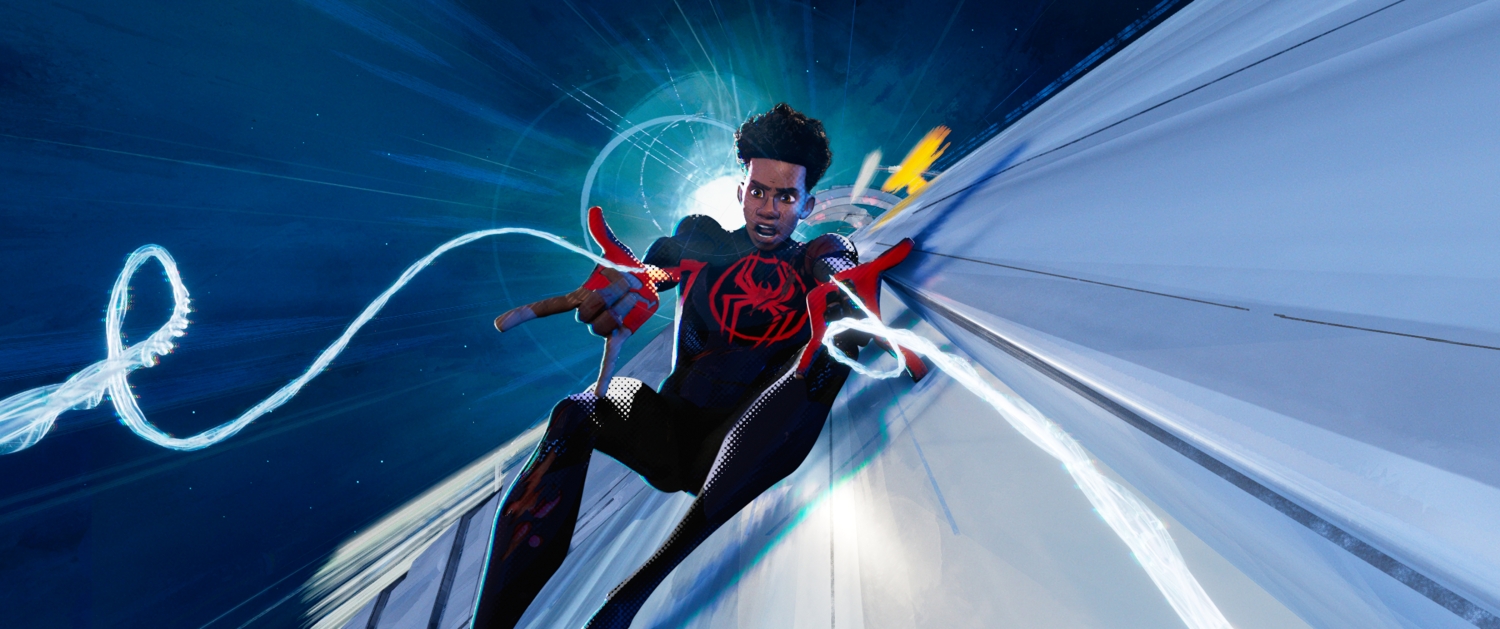As the Academy Awards approach this weekend, March 10, 2024, attention turns to the nominees, including three B.C. angles recognized in animation and science.

Photo by Marvel Studios/Courtesy of Marvel Studios – © 2023 MARVEL.
Framestore – Best Visual Effects, GUARDIANS OF THE GALAXY VOL.3.
Framestore’s teams, including the location in Vancouver, meticulously crafted a diverse array of CG characters for James Gunn’s GUARDIANS OF THE GALAXY trilogy finale. Their work showcases the studio’s renowned expertise in creating exceptional CG creatures with soulful character animation. Particularly, Framestore spearheaded the refinement of Rocket’s keyframe animation, elevating facial expressions, fur textures, and physiology for added depth. Meanwhile, Cosmo, the telekinetic space dog, underwent meticulous creation through reference footage, photographs, and thorough research. Every detail, from tiny physical characteristics to canine expressions, was precisely studied to ensure realism in the character’s portrayal.

Photo from NIMONA
DNEG Animation – Best Animated Feature, NIMONA
Based on ND Stevenson’s 2015 graphic novel of the same name, DNEG Animation — including the Vancouver team — worked tirelessly on the film. Initially, Disney and Blue Sky Studios were set to complete NIMONA, but the studio’s closure in April 2021 subsequently led to the movie’s cancellation. Undeterred by the setback, Annapurna and Netflix partnered with DNEG Animation in 2022 to revive and recreate the scrapped project. Bringing in former Blue Sky employees, DNEG Animation ensured NIMONA’s story was honoured and authentically portrayed. The animation aimed to deliver the story truthfully, without embellishment, maintaining its essence.

Photo by Sony Pictures Animation – © 2023 CTMG, Inc. All Rights Reserved.
Sony Pictures Imageworks– Best Animated Feature, SPIDER-MAN: ACROSS THE SPIDER-VERSE
Over a span of three years, Vancouver-based visual effects and computer animation studio, Sony Pictures Imageworks, devoted the efforts of approximately 1,000 animation artists to breathe life into Spider-Man Miles Morales and his allies. In this sequel, Sony Pictures elevated the stakes by not only depicting the world of a slightly older Miles Morales but also exploring the realms inhabited by Spider-Gwen, Spider-Man 2099, and Spider-Man: India. With the cast of Spider-People expanding tenfold, and Miles finding himself at odds with them on how to confront the portal-empowered villain known as the Spot, there were a lot more intricacies with this movie compared to its predecessor. To tackle this ambitious undertaking, Sony Pictures Imageworks established a new department called Look of Picture, dedicated to refining the movie’s diverse painterly styles. This department pioneered tools and techniques to seamlessly match the diverse styles during the rendering and compositing stages, including methods for replicating brush strokes and various types of line work, thereby adding to the richness and depth of the movie.
Gerwin Damberg – Scientific and Technical Oscar Award
Lynn Valley resident Gerwin Damberg has been awarded an Academy Scientific and Technical Award for his lifelong dedication to developing cutting-edge laser projectors for theaters. Damberg, along with recipients Michael Perkins, Trevor Davies, and Martin J. Richards, is being recognized for their contributions to the Christie E3LH Dolby Vision Cinema Projection System. This technology, rooted in Damberg’s two-decade-long work since joining a UBC-based startup after moving from Germany, has earned them this prestigious honoor.
The projection system debuted in June 2015 with the premiere of TOMORROWLAND, and its technology has contributed considerably to improving the experience of movie theater viewers: with this system, black levels on screen have multiplied the usual range from 2000:1 to 1,000,000:1, thereby achieving total blackness in dark scenes and, due to the action of the RGB pure laser lighting, an increase in color gamut that goes beyond the DCI color space standard.
The 96th annual Academy Awards are scheduled for March 10 at 4 p.m., taking place at the Dolby Theatre in Ovation Hollywood. Viewers can catch the event through various streaming services


